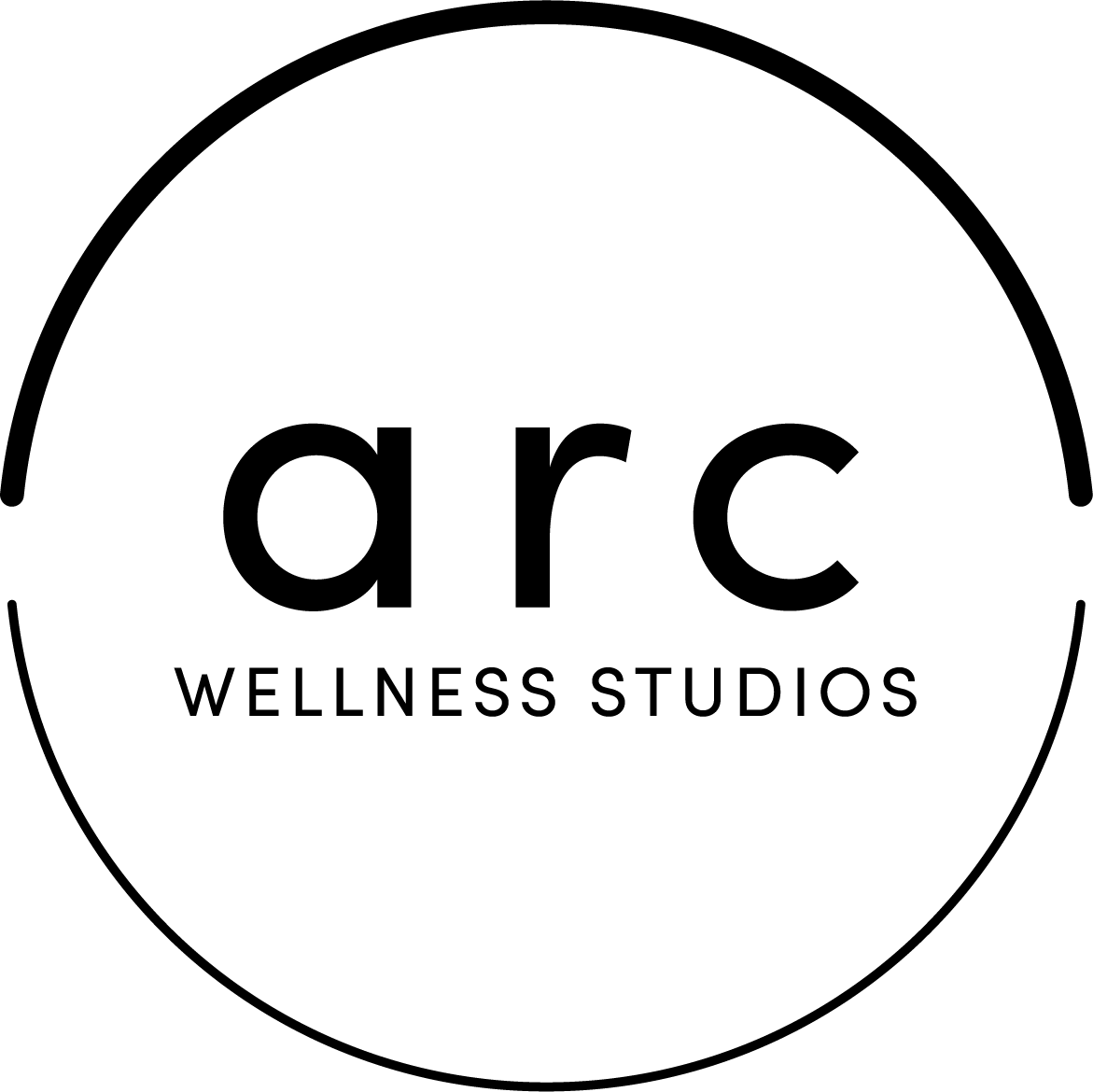Peace & Love for soft tissue injuries
arc Wellness Kelburn Studio | arc Physio Pilates and arc Pilates Flow clients use utilise this studio
If you have ever had a soft tissue injury and attended Accident and Emergency, you are probably familiar with the acronym RICE (Rest, Ice, Compression and Elevation). But what do you know about PEACE and LOVE?
In the past, clients attending the ED with sprains and strains were sent home after diagnosis of a soft tissue injury with advice to rest, apply ice for swelling of the local injured area, compress the site (bandage or strap) and elevate the injury. In recent times, the advice has been updated and there’s a new acronym to learn: PEACE and LOVE!
Let’s start by breaking it down into its parts:
PEACE is the recommended approach for the first few days after a soft tissue injury, so let PEACE guide you first.
P for Protection
Protection: avoid activities and movements that increase pain during the first few days after the injury.
E for Elevation
Elevation: Elevate the injured limb higher than the heart as often as possible.
A for Avoid Anti-Inflammatories
Avoid Anti-Inflammatories: Try not to take anti-inflammatory pain relief medications as they limit tissue healing. Also avoid icing.
C for Compression
Compression: Use elastic bandage or taping to reduce swelling and support the area.
E for Education
Education: Listen to your body and avoid unnecessary passive treatments and medical investigations. Work with your physiotherapist and learn about your injury and what you can expect.
After the first few days, when your injury is relatively settled, let the LOVE guide you...
L for Load
Load: Listen to your body for when it’s safe to increase load to the injury (weight bear). Let your pain levels guide your gradual return to normal activities
O for Optimism
Optimism: Condition your mindset, navigation to a positive and confident outlook for optimal recovery outcomes.
V for Vascularisation
Vascularisation: Choose painless cardiovascular activities to increase blood flow to repairing tissues.
E for Exercise
Exercise: Get mobile! Adopt an active approach to your recovery, whilst listening to your body’s signals.
What’s changed? And why has it changed?
American sports doctor Dr Gabe Mirkin who originally coined the term RICE in 1978 has come out to say he would no longer recommend this treatment option. This is now superseded by PEACE & LOVE guidance first published in a 2019 blog post by Dubois and Esculier for the British Journal of Sports Medicine.
PEACE & LOVE was born of the concern that the authors (Dubois and Esculier) had, that previous widely known acronyms only focussed on acute management, excluding the sub acute and chronic stages of healing, perhaps even compromising the healing stages ultimately leading to prolonged recovery times.
The new acronym PEACE and LOVE cover rehabilitation from its acute/immediate status (PEACE) to ongoing management (LOVE).
By separating the two main stages of injury management into the first few days (acute) and the following stages (sub-acute to chronic), individuals are better equipped to identify where their focus should be. The science community now acknowledges that our bodies are capable of vast amounts of healing without significant intervention in the early stages, after injury.
In the PEACE stage, the focus is on rest and allowing the body to experience inflammation, which is a healthy bodily response to trauma/injury. By avoiding ice and anti-inflammatories, our bodies can enhance the natural immune response to healing to hasten our recovery, especially if supported by some simple compression.
In both the acute PEACE and later LOVE stages of injury management, there is a focus on listening to our bodies. Who knows your body best? You! When an injury has stabilised, it’s a good time to consider working with a trusted Physiotherapist. Physiotherapists are experts at injury management and education. Let your body be the guide on when you begin your rehabilitation journey and keep a positive mindset. Positivity isn’t just a buzzword anymore, it’s established that how we feel about our injury and recovery will affect the outcome of our rehabilitation. Work with a Physiotherapist that brings out the best in you.
TLDR/Summary
When initially experiencing a soft tissue injury focus on protecting the injury, elevating the injury, considering some gentle compression at the injury site. Don’t take anti-inflammatories or apply cold compresses to the area, instead - more rest! Educate yourself and consider booking with a Physiotherapist for/from about day 4 from your date of injury.
When things start to improve, gently experiment with load, and exercise that increases blood flow - don’t forget to smile.
References:
Dubois B, Esculier J. Soft-tissue injuries simply need PEACE and LOVE. British Journal of Sports Medicine 2020;54:72-73.
Physiopedia, PEACE & Love Principle https://www.physio-pedia.com/Peace_and_Love_Principle

